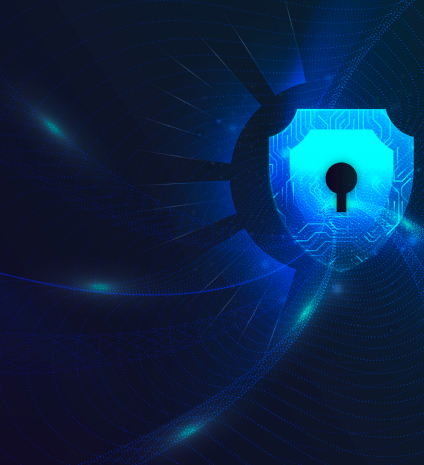Cloud, zBlog
An Essential Guide to Cybersecurity For Defending Your Crucial Digital Assets
trantorindia | Updated: December 3, 2021

Gone are the days when business executives deliberated on technology strategies with no care about security. We are nearing the end of 2021 and more and more companies are linking their business operations with their stringent cyberinfrastructure. All of this has directly heightened the need for effective cybersecurity measures. However, along with such security measures, cyberattacks have also become a lot smarter and nifty, which makes it all the more important to develop sophisticated defenses against any possible threats.
Through this article, let’s look at some crucial points businesses should keep in mind when developing a cybersecurity strategy.
- Understand your cyber threat landscape Conducting a security risk assessment is decisive to evaluate and identify the overall security posture of your enterprise. It helps ascertain the value of critical digital assets generated and stored across the organization’s cyberinfrastructure. More importantly, with proper risk assessment, you stand a chance to estimate the technical as well as human resource allocation for implementing security solutions.
- Make cybersecurity investment a key part of the business budget The global spending on the cybersecurity industry was about $US 40.8 billion in 2019, and the market size is expected to reach a whopping $US 345.4 billion by 2026. However, since budget and resource limitations remain one of the key hurdles to cybersecurity measures, ensure that your cybersecurity investment is a top priority. Cybersecurity should be a returning line item in your monthly / yearly budgets to ensure no last-moment confusions.
- Focus on your company’s unique security needs Amidst the craze for trying out every best-of-breed security solution, companies often forget that security needs are unique for everyone. While it’s true that every new cyberattack is more evolved than its predecessor, seizing every latest security solution is an inefficient approach and leads to more risks than protection. Instead, the key is to focus on solutions that cater to your business needs without adding costs and complexity.
- Ensure stakeholder engagement Transparency and frequent communication are essential in cybersecurity programs. Expanding into cybersecurity, therefore, involves creating a digitally flexible culture where safeguarding against cyberthreats and attacks is not an option but a proactive concern for principal business stakeholders at all levels, both within and outside the organization.
- Consider the insider threat In the hubbub of implementing a sound cybersecurity program, most companies overlook the risk posed by their employees, vendors, and contractors. To navigate this delicate issue while safeguarding people’s rights, you could test a micro-segmentation approach for precise identification of problems, enforce a cultural change, or employ predictive analytics to identify threats earlier.
Importance of cybersecurity: A case study
The financial services industry is a frequent target of cyberattacks. Suspecting a possible cybersecurity breach, the Chief Security Officer of a leading bank resorted to cybersecurity solutions to assess their cyberattack readiness. In less than 24 hours, the incident response team was able to identify suspicious activity in the bank’s SIEM solution and cut off the intruder server’s internet access before any data theft. Adjustment of misconfigured hardware followed to ensure only internal traffic had access to it.
In conclusion, a safe future is a stable future
As the world becomes more digitized than ever in the wake of the COVID-19 pandemic, cybersecurity risks, and threats evolve with increased vigor.
The urgency of cybersecurity is more pronounced in the SMB landscape. According to a Cyber Readiness Institute (CRI) study, remote work increases cybersecurity concerns for most small business owners. Yet, only 33% offer any cybersecurity training, and about 40% have implemented a remote work policy focused on cybersecurity. Considering the consequences of cyberattacks, those stats are more alarming than they appear. The need of the hour is extensive adoption of cybersecurity technologies across all industrial domains.



